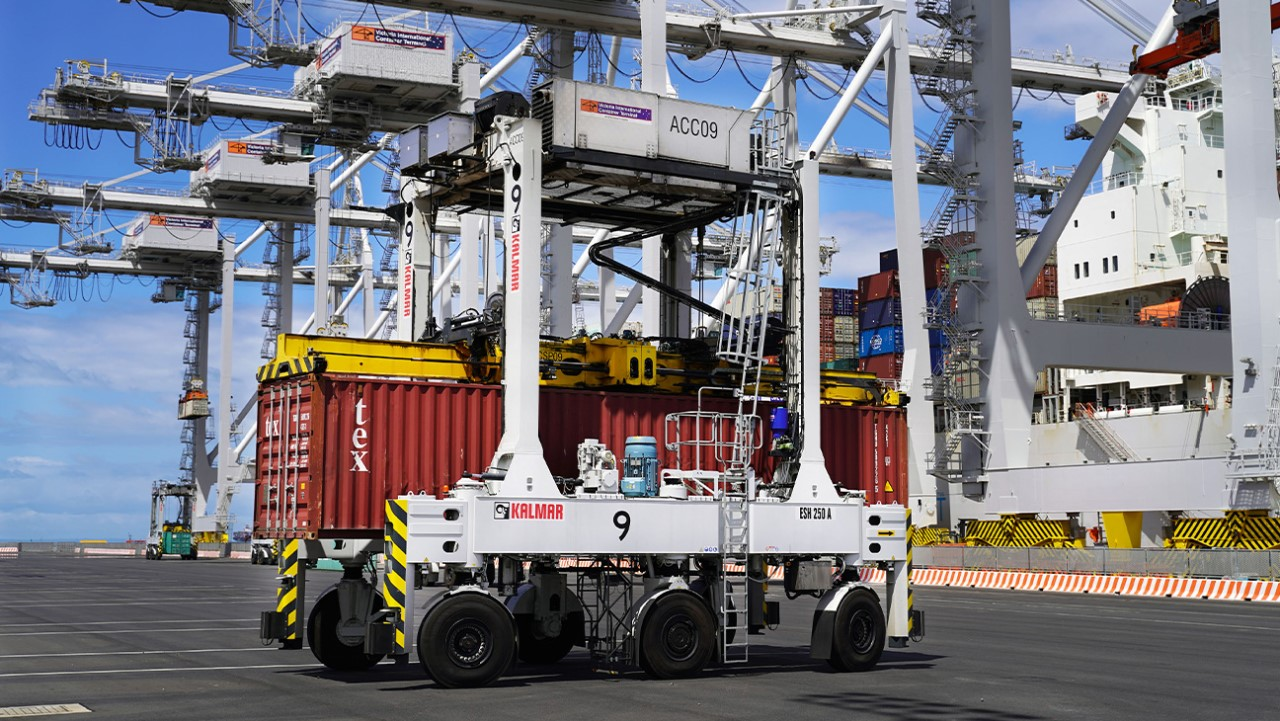
International Container Terminal Services, Inc's (ICTSI) Victoria International Container Terminal (VICT) at Australia's Port of Melbourne has purchased four new hybrid automatic container carriers (ACCs) from Kalmar to expand capacity and reduce emissions.
The new carriers, scheduled for delivery in 2025, will each feature a twin-box lifting capacity of up to 60 tonnes and Kalmar's latest hybrid technology with lithium-ion batteries for energy recovery. This technology contributes to a 40% increase in energy efficiency and a 50-tonnes CO2 emission reduction per carrier annually.
"We value our partnership with Kalmar and their technical support," said Bruno Porchietto, VICT CEO. "These new hybrid carriers are part of our expansion plan, which will increase our capacity to 1.5m teus annually. This investment demonstrates our commitment to customer focus, innovation, and sustainability, ensuring we can meet the growing demand for our services while minimising our environmental impact."
VICT is the only fully automated container terminal in the Southern Hemisphere. It operates seven remotely controlled ship-to-shore cranes (five super post- Panamax and two Super post-Panamax – the largest in Australia), 17 ACCs, and 26 automated stacking cranes (ASCs). All cranes are equipped with energy recovery systems, contributing to the terminal's energy efficiency and CO2 emission reduction goals.
This investment follows a record year for VICT in 2024, during which it handled its five-millionth teu since its opening in 2017.
2024 also saw VICT approved to perform biosecurity inspections, so-called 14.4 Rural Tailgate Inspections, to identify and mitigate any biosecurity risks for imported containers destined for rural areas. The terminal also celebrated the revision and expansion of MSC's Wallaby service, which made its first call in September 2024.

